The 250cc 2-cylinder, liquid-cooled New engine not only reduces weight through technology!
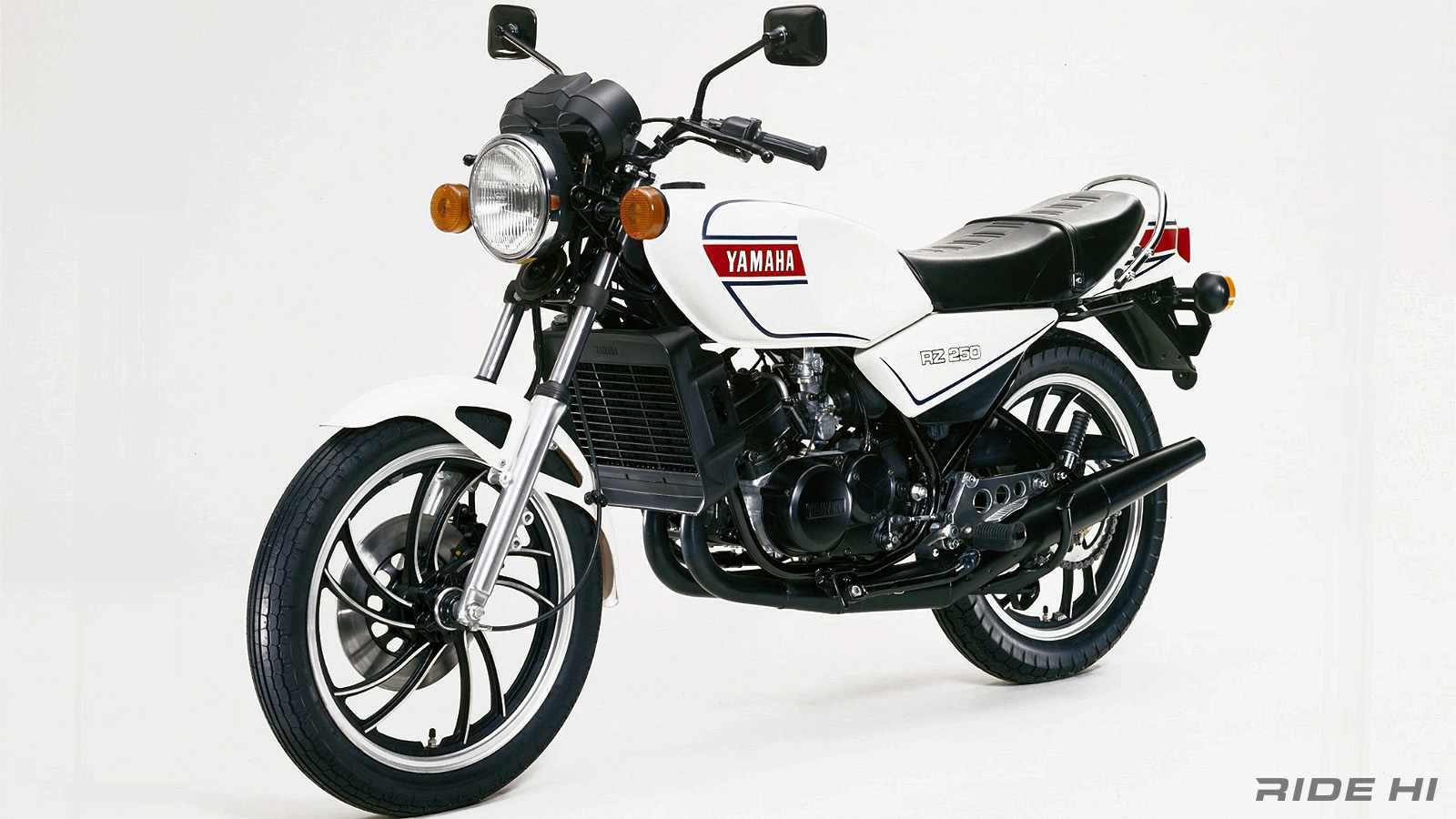
In 1980, the RZ250 was released, shaking the world. After the mid-1970s, the sharpness of the lightweight, simple, and high-performance two-stroke engine was reduced due to exhaust gas emission regulations.
In response to the trend of people beginning to say that 2-strokes were finally coming to an end, the RZ250 project was launched with the order, let's create the best 2-stroke supersport that everyone will remember!
The new technologies that went into the motorcycle, from the engine to the chassis and suspension, were all revolutionary and broke with conventional thinking.
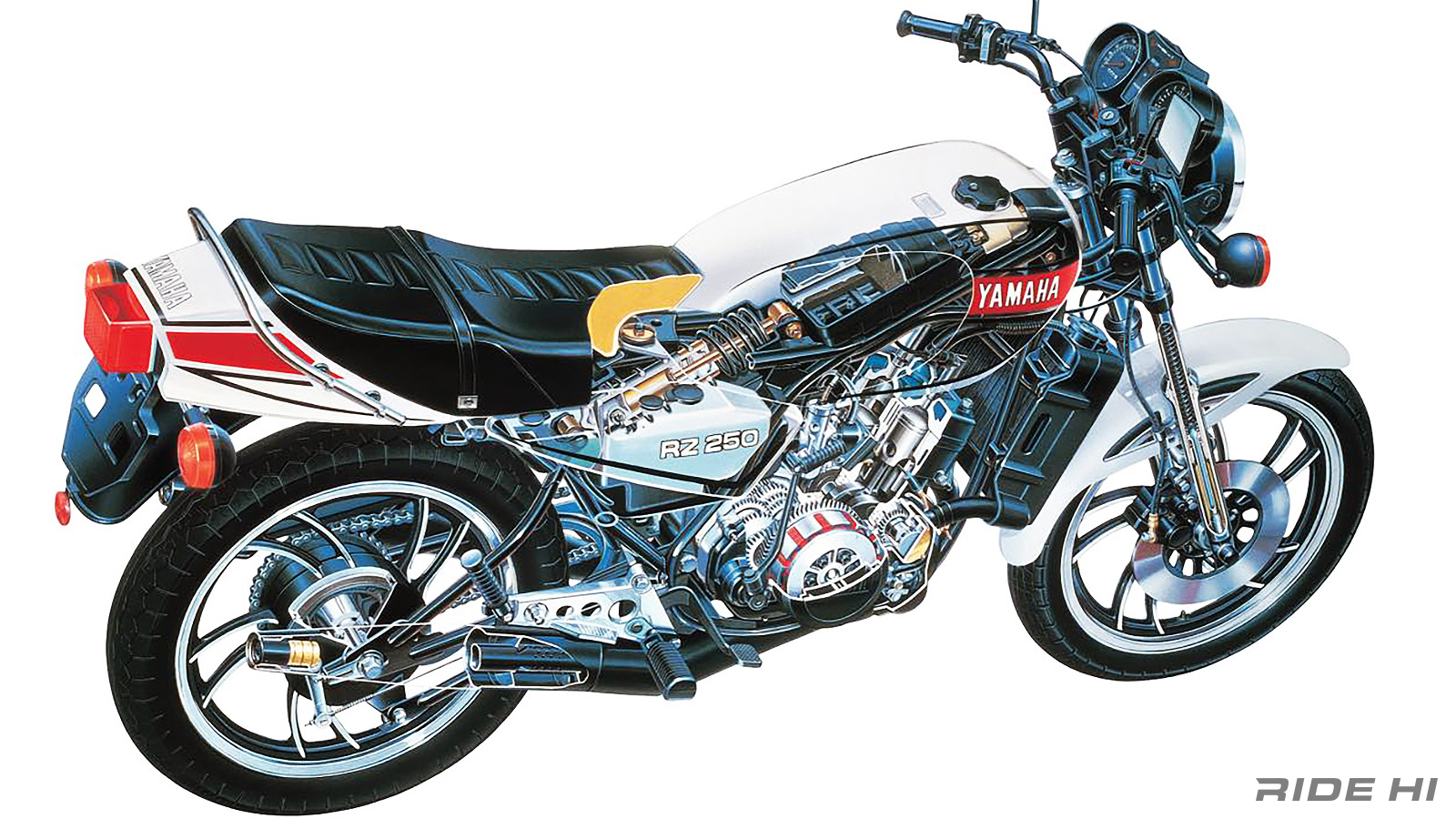
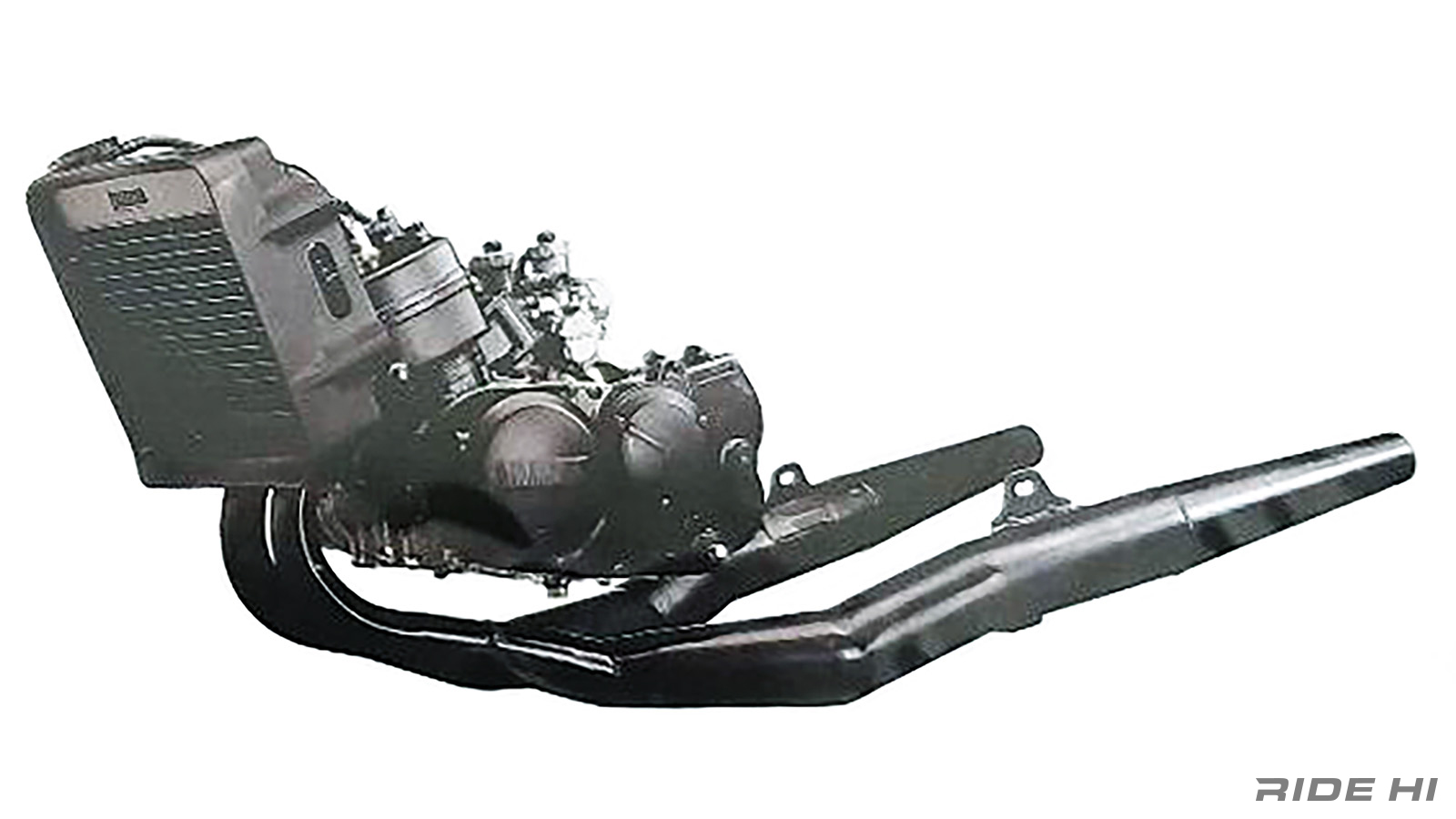
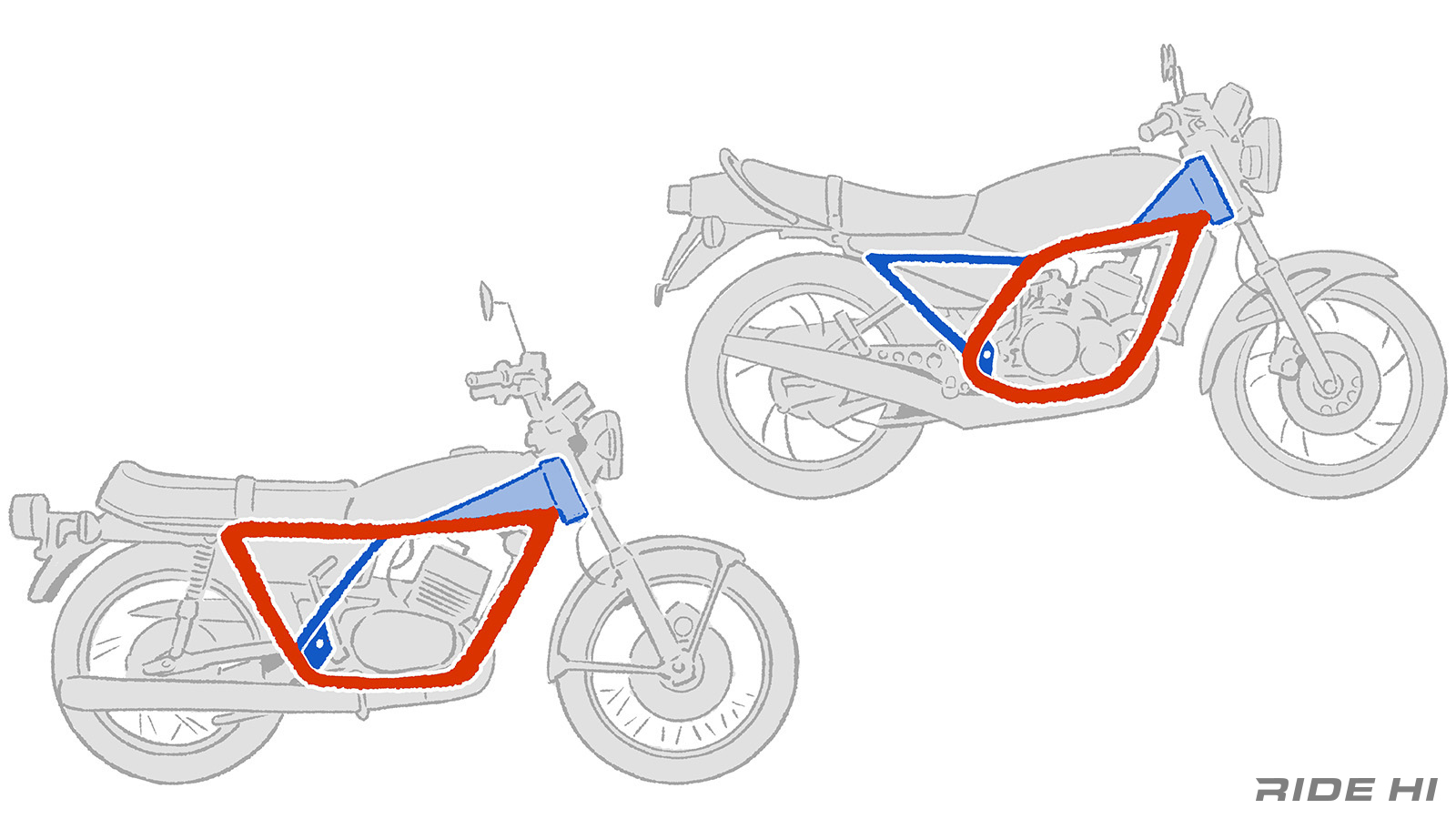
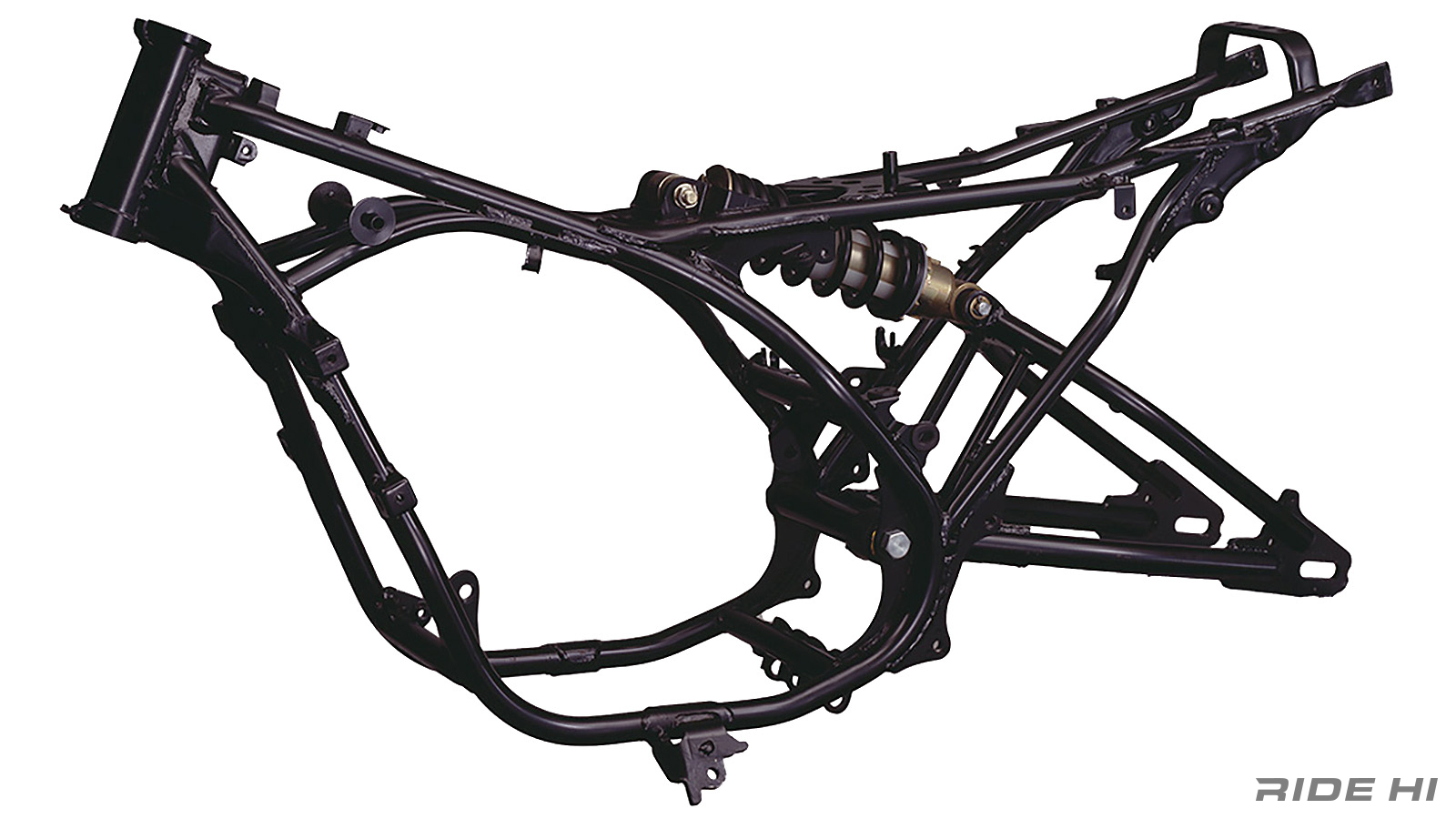
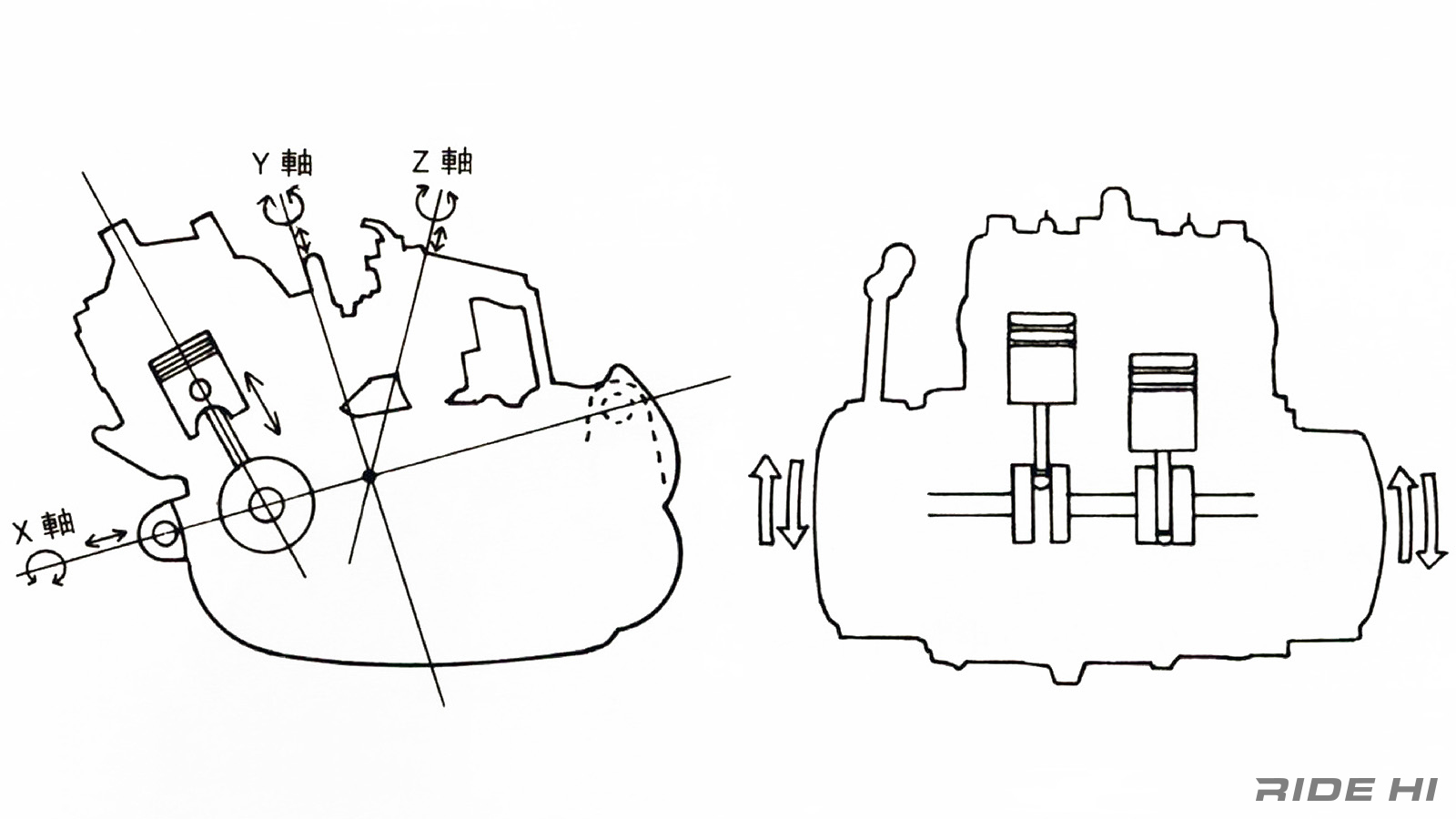
Needless to say, the water-cooled 250cc 2-cylinder, the 1st mass-produced sports motorcycle on the market, had revolutionary high performance, including the piston reed valve. It has the same bore x stroke as the world-renowned TZ250 production racer, 54.0 x 54.0 mm, 247cc, with maximum output of 35ps at 8,500 rpm and maximum torque of 3.0kgm at 8,000 rpm. With an overwhelmingly light dry weight of 139 kg and a wheelbase of 1,355 mm, it handled superbly and was unbeatable on winding roads with the big machines at its back.
In fact, it weighs 11 kg less than the previous generation, the air-cooled RD250, and this is largely due to its frame, which weighs only 13 kg. If the motorcycle is going to be powerful, the most important thing is to make it easy to ride and handle. Yamaha used the same double cradle frame, but with pipes surrounding the engine that go back to the steering head, the same configuration as the works machine, which is also very difficult to modify.
Furthermore, there are only two engine mounts. The two-stroke parallel twin engine is mounted at both ends in a straight line through the engine's center of gravity so that the vibration of the pistons reciprocating at 180° crankshaft and other secondary vibrations are analyzed and efficiently limited to the roll direction. This is to minimize the effect of resonance in the rotational range by minimizing the spring constant of the rubber bushing.
The vibration of the two-stroke engine often causes cracks in the frame of racing machines. Production motorcycles are inevitably heavier because the frame pipe thickness is increased to prevent such cracks. Yamaha had achieved weight reduction by using a revolutionary technology that mounted the frame at only two points (Yamaha called it orthogonal mounting).

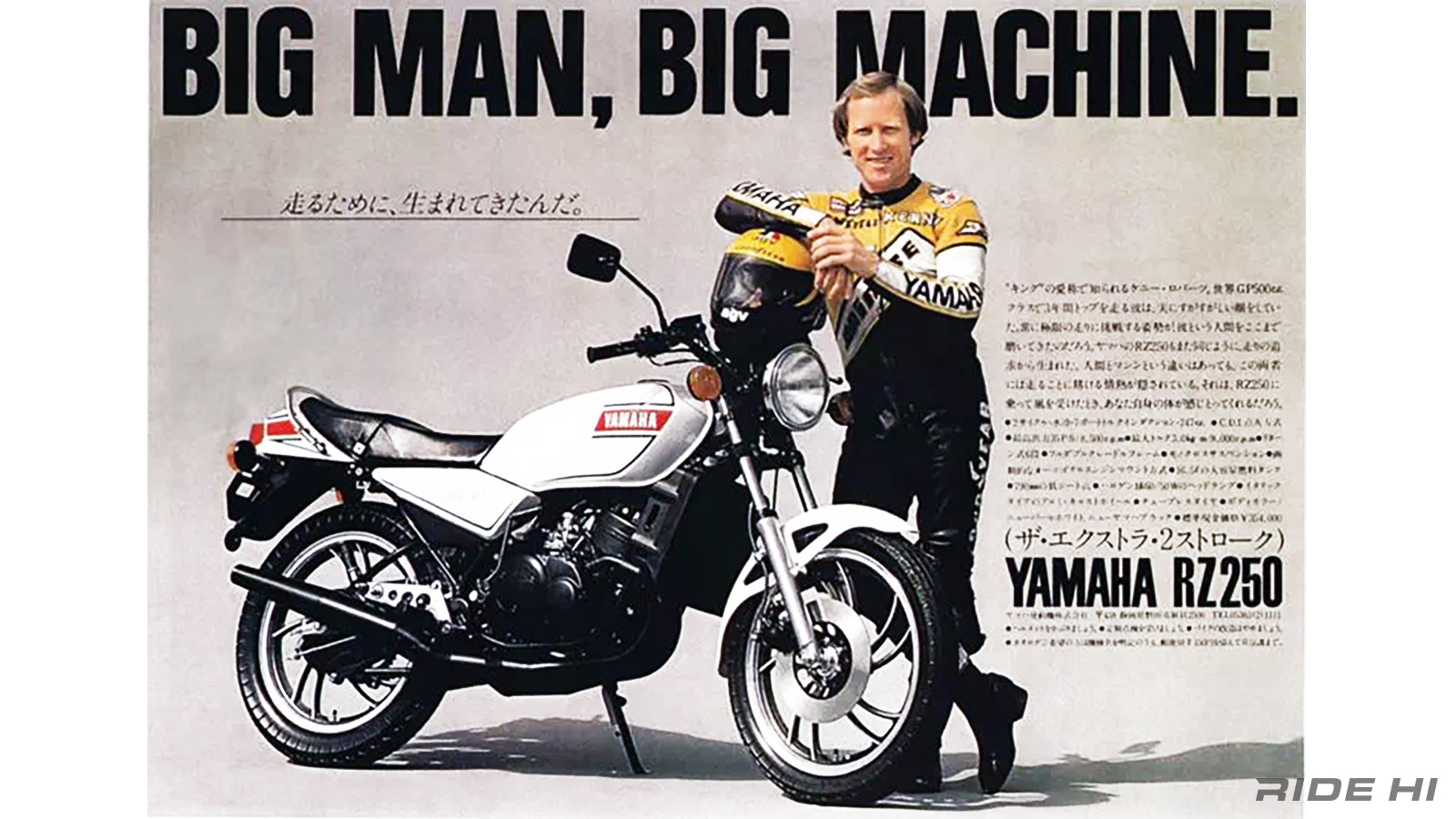
The high pivot position of the swingarm, the low center of gravity that allows the suspension to sink deeply at 1G' with the rider on the motorcycle, and the chamber-shaped muffler that is pulled in under the engine to set the bank angle as deep as 52° on both sides, all contribute to the motorcycle's stable turning and traction, making it a real joy to ride and turn, The new 250 Sport is a completely different world from the previous 250 Sport models, and can be enjoyed even by inexperienced riders.
Called the “Nanahan Killer,” many riders were sent hurtling down the winding roads, hoping to become Kenny Roberts himself.
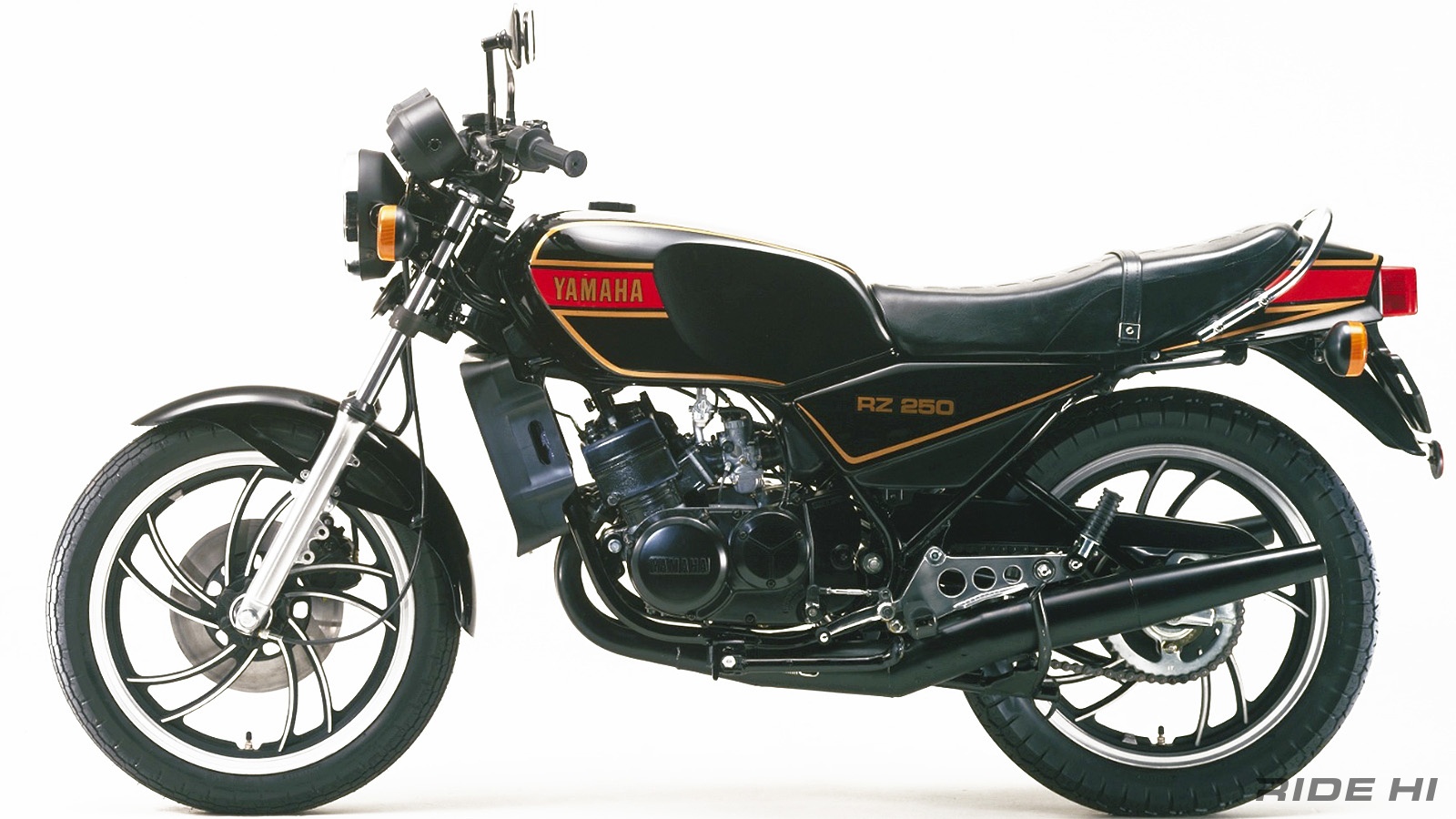
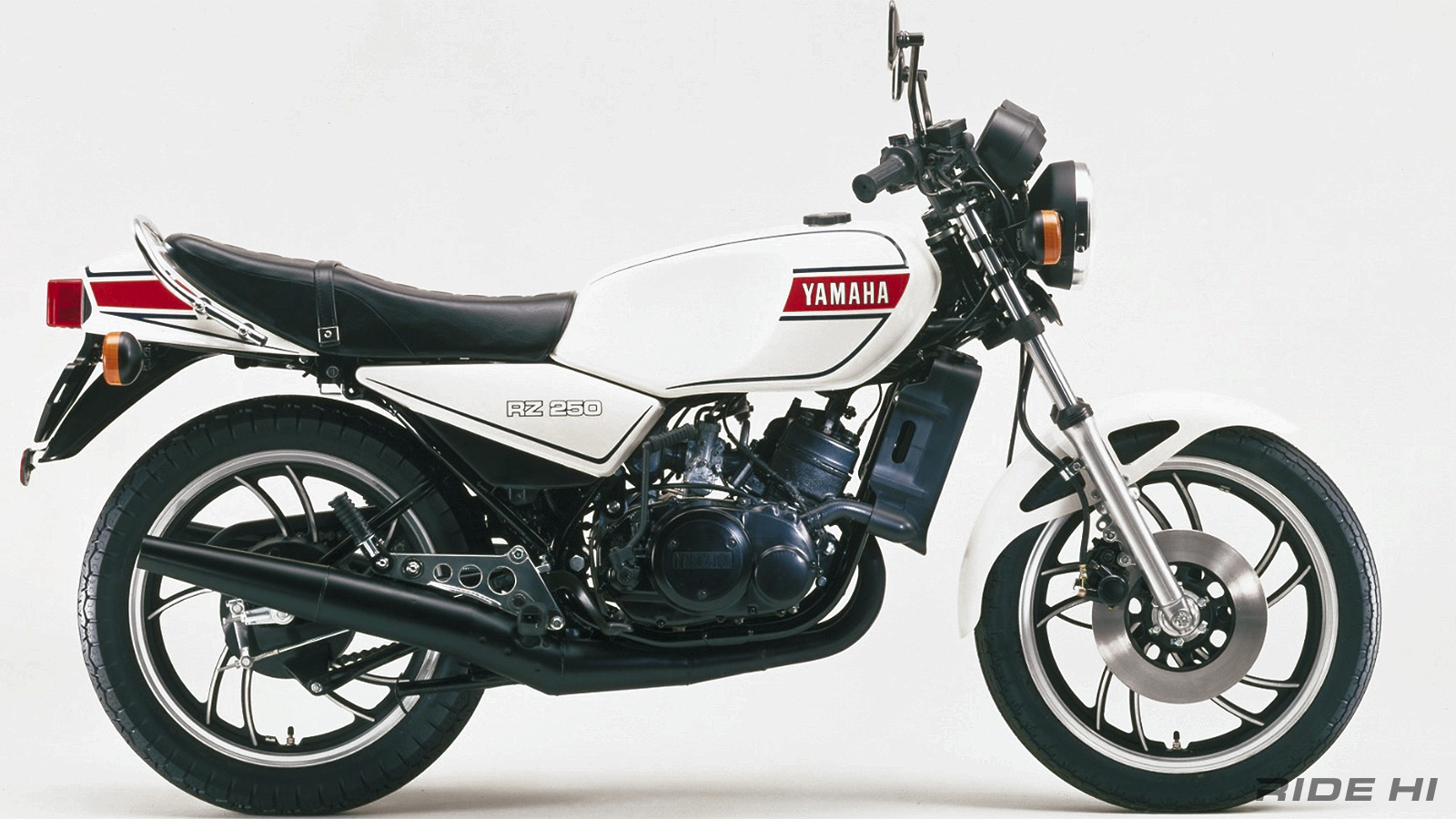
In this way, the RZ250, in addition to its innovative water-cooled engine, was able to immerse riders in situations that were impossible before, such as cornering at a deep bank angle, and this shock grabbed their hearts and kept them hooked.
There is no doubt that this experience of another dimension of driving was a major driving force in accelerating the overall trend toward the era of water-cooled and other high-mechanical replicas.
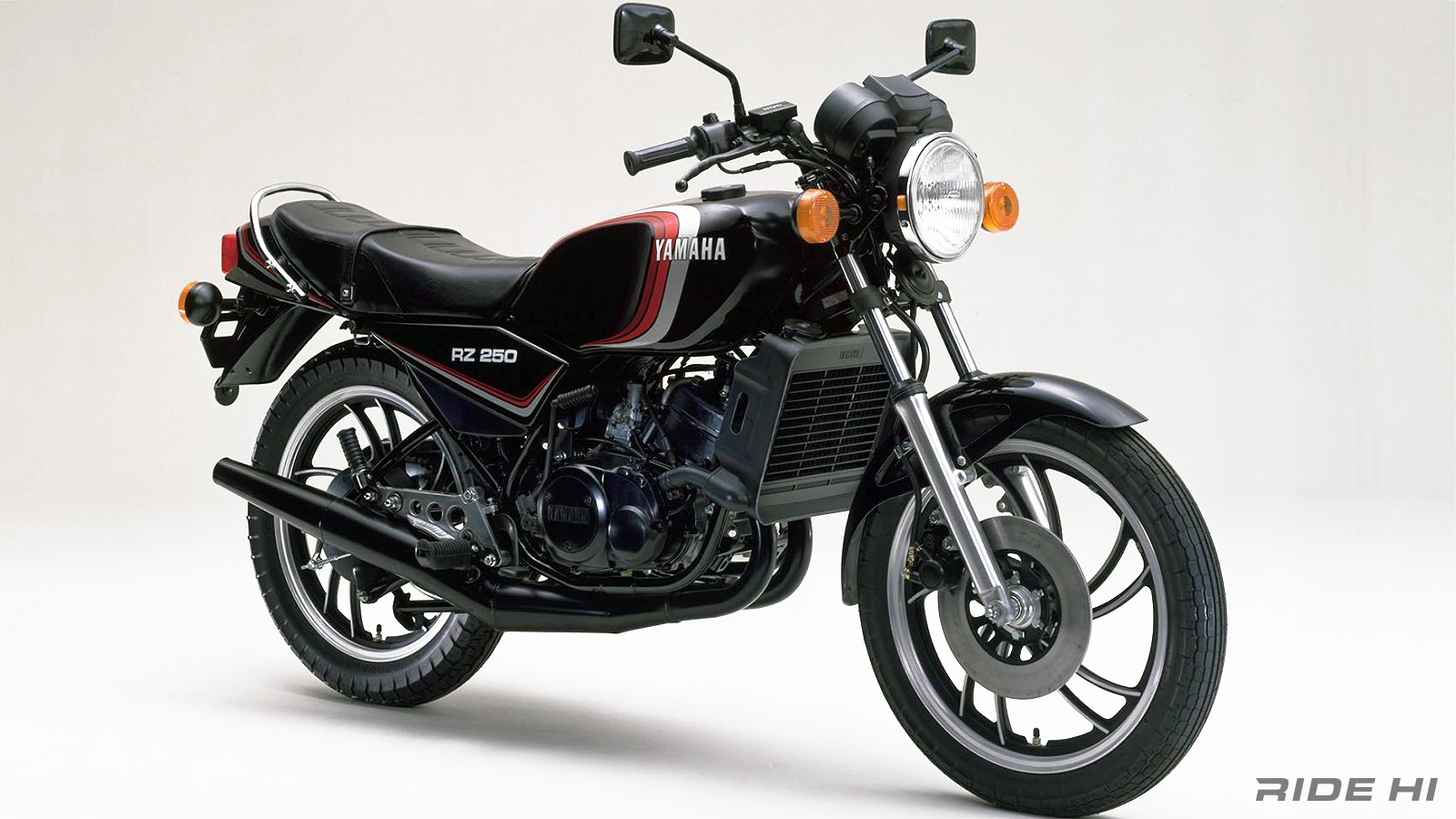
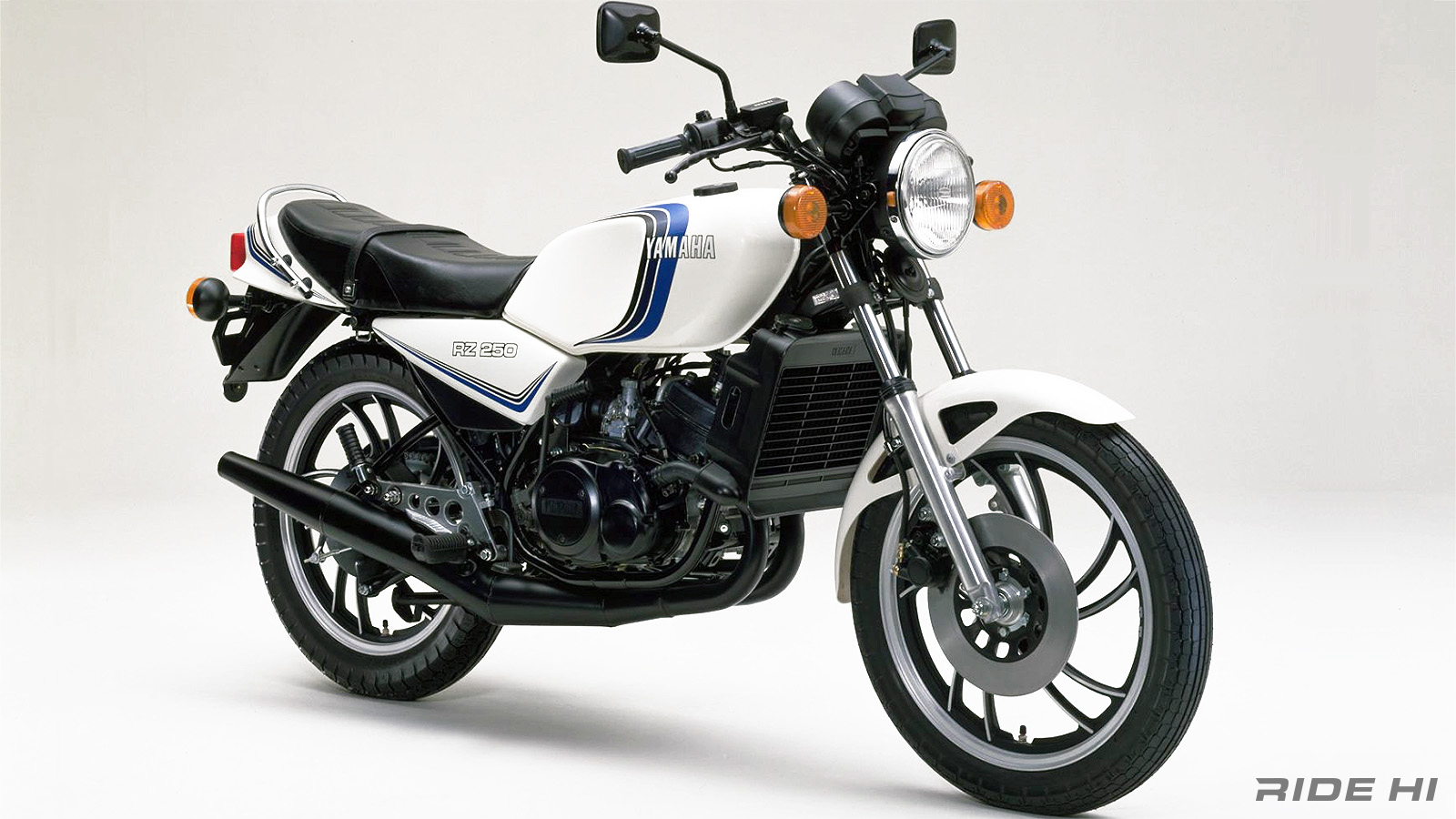
The RZ250 was joined by the 350, and in 1983, the RZ250RR was followed by the RZ250RR, which was an evolution derived from GP machines, including an innovative engine mount via torque rods directly connected to racing technology, and in 1985, the aluminum delta box frame and even more revolutionary technologies were added to the RZ250 series. In 1985, the legend of “Yamaha handling” was continued with the aluminum delta box frame and even more revolutionary technology.
Information Source [ RIDE HI ]
See YAMAHA Moto Index Page
See YAMAHA RZ250 Parts & Accessories Page



